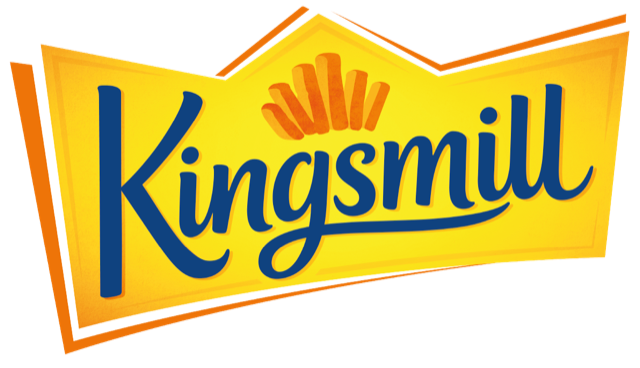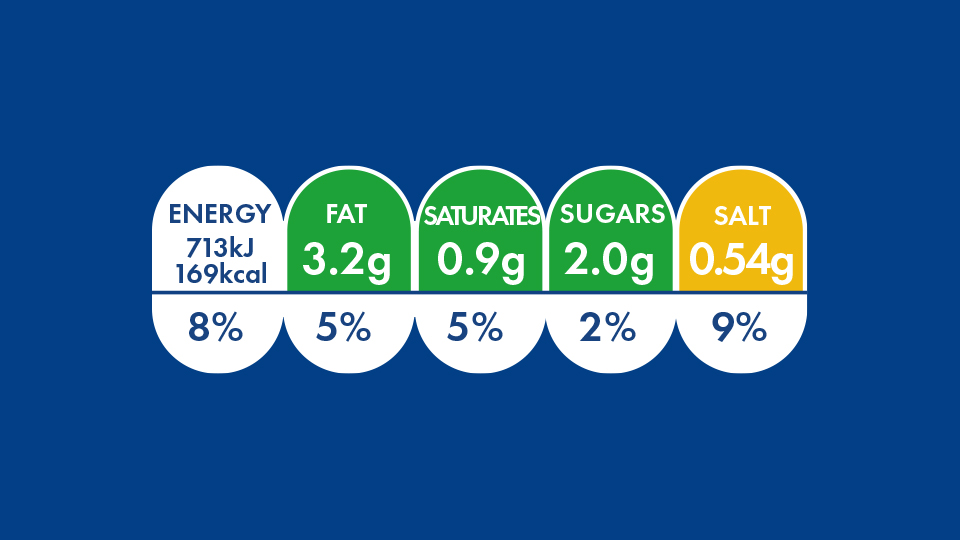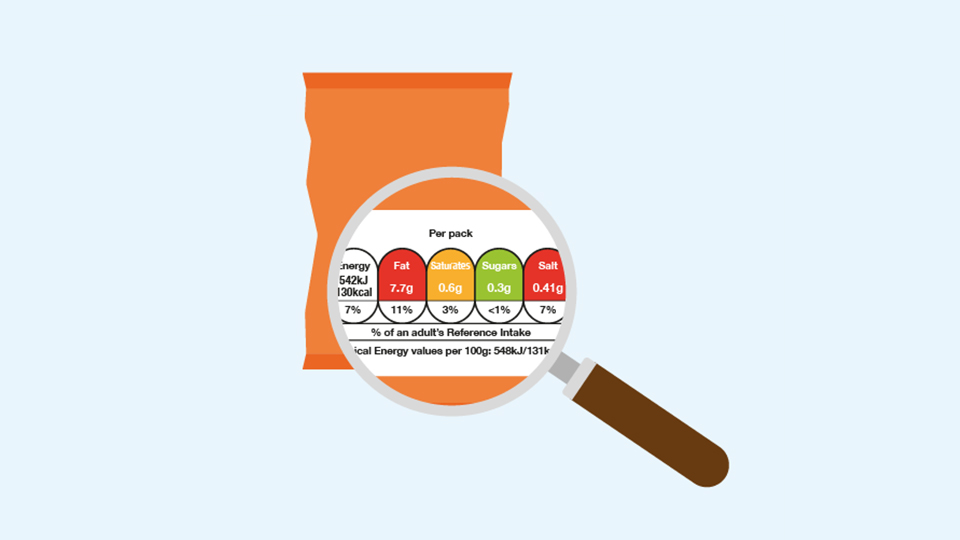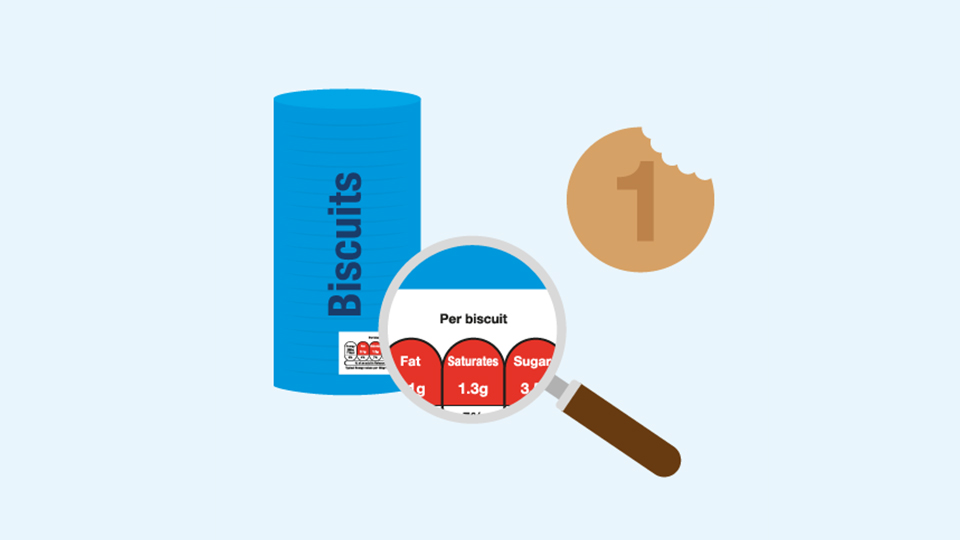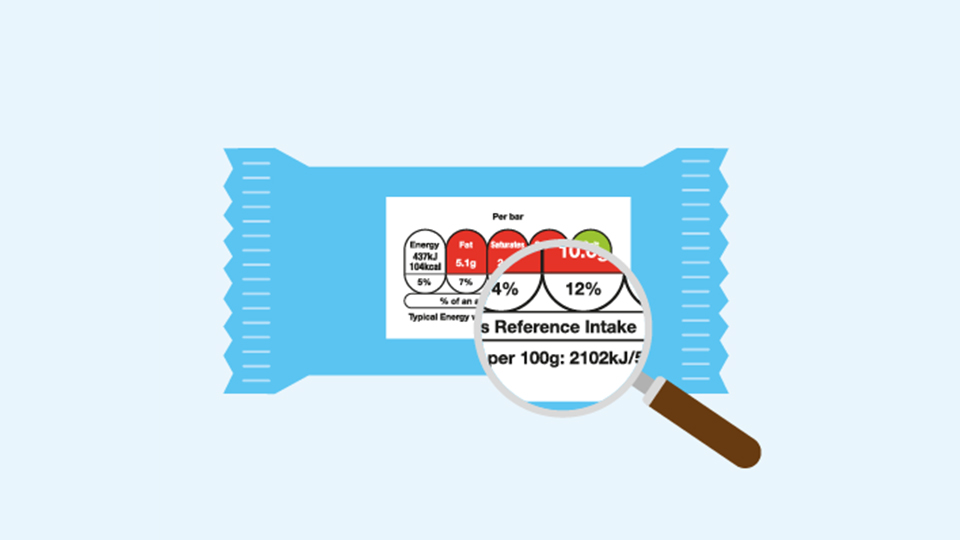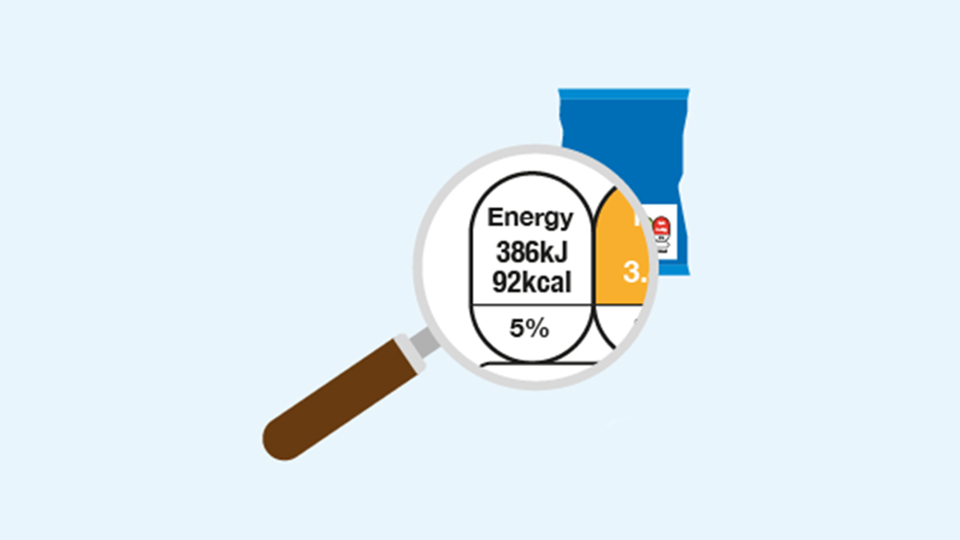Checking the “traffic light” nutrition label is a good way to compare products, make healthier choices and eat a balanced diet
Know your colours
The red, amber and green colours show at a glance whether a product is high, medium or low for fat, saturates, sugars or salt. For a healthier choice choose products with more greens and fewer reds.
